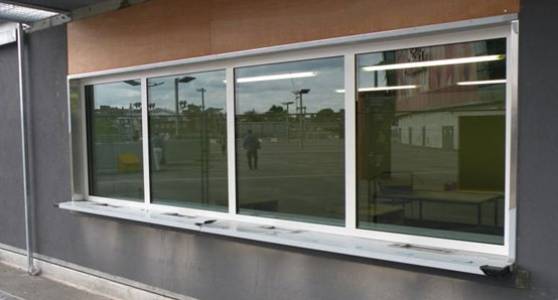
Laminated glass is a sophisticated safety and performance glass product, constructed by bonding two or more layers of glass together with a tough, transparent interlayer, typically Polyvinyl Butyral (PVB) or SentryGlas®. This seemingly simple construction results in a material with significantly enhanced properties compared to traditional annealed or tempered glass.
Unmatched Safety:
Enhanced Acoustic Performance:
Other Key Benefits:
Applications:
Laminated glass finds extensive use in diverse applications including:
Specifications (Vary based on manufacturer and application):
Choosing the Right Laminated Glass:
The selection of appropriate laminated glass depends on the specific application and performance requirements. Consult with a glass specialist to determine the optimal thickness, interlayer, and tint for your project. They can help you navigate the wide range of options and ensure you select the perfect laminated glass for your needs.